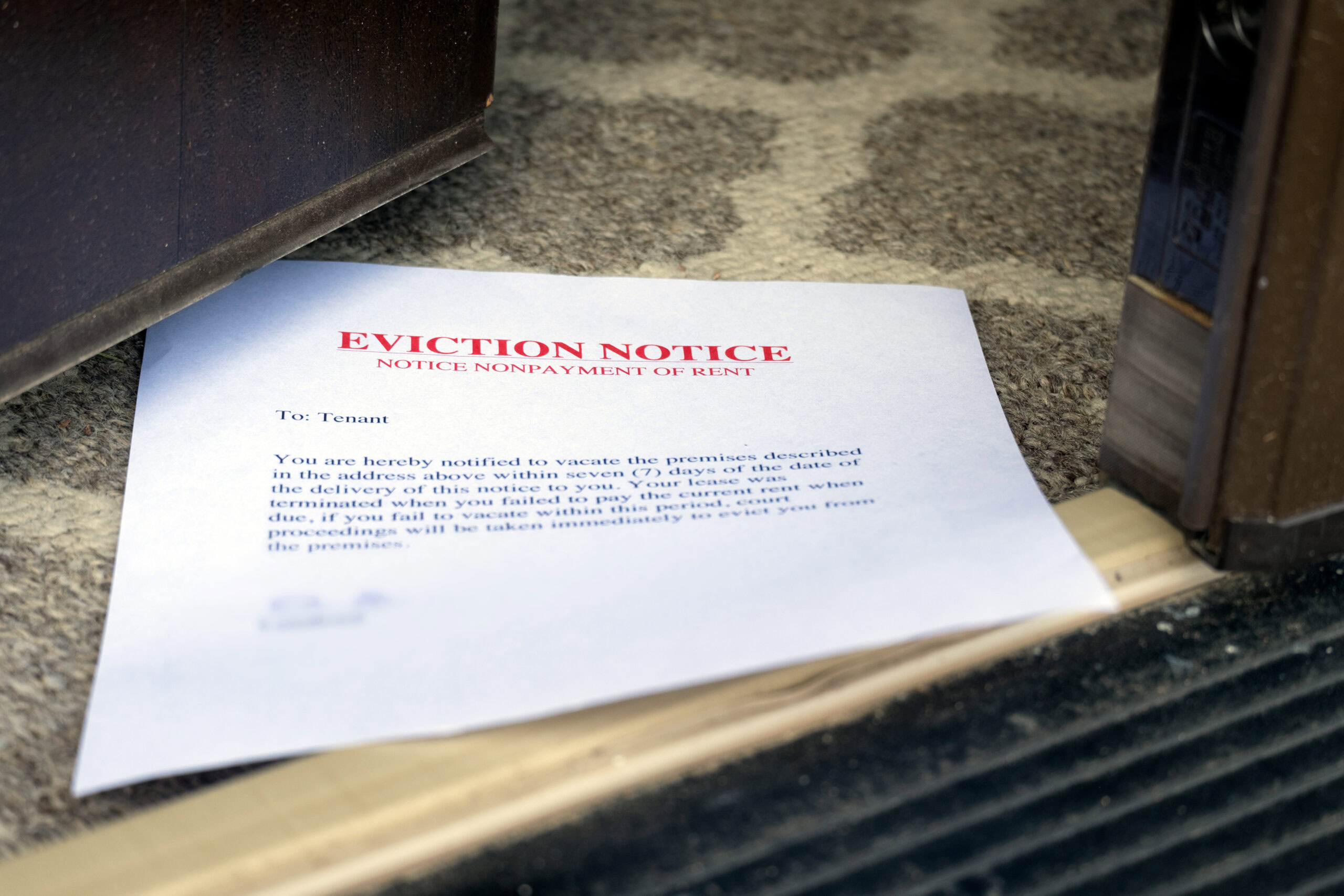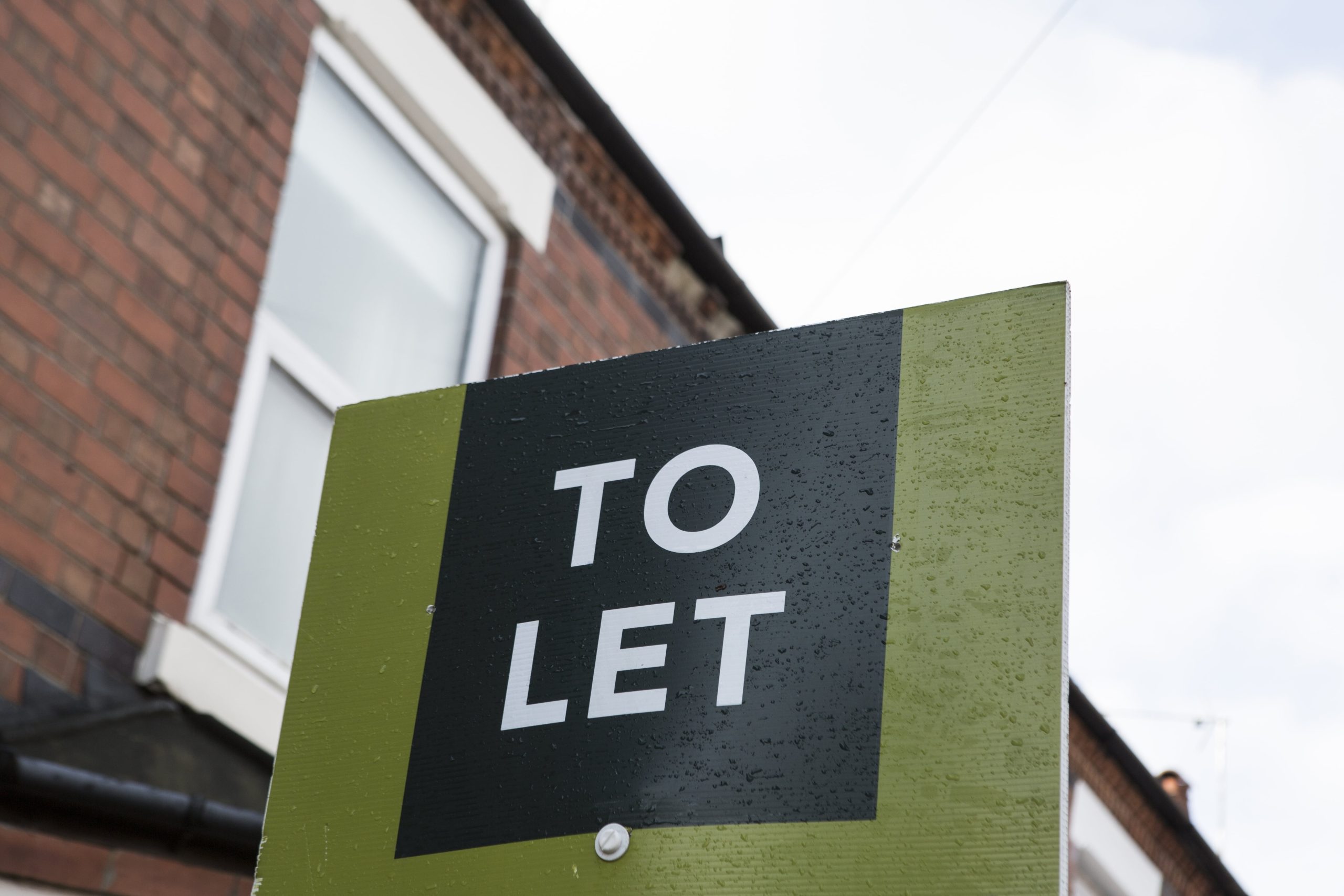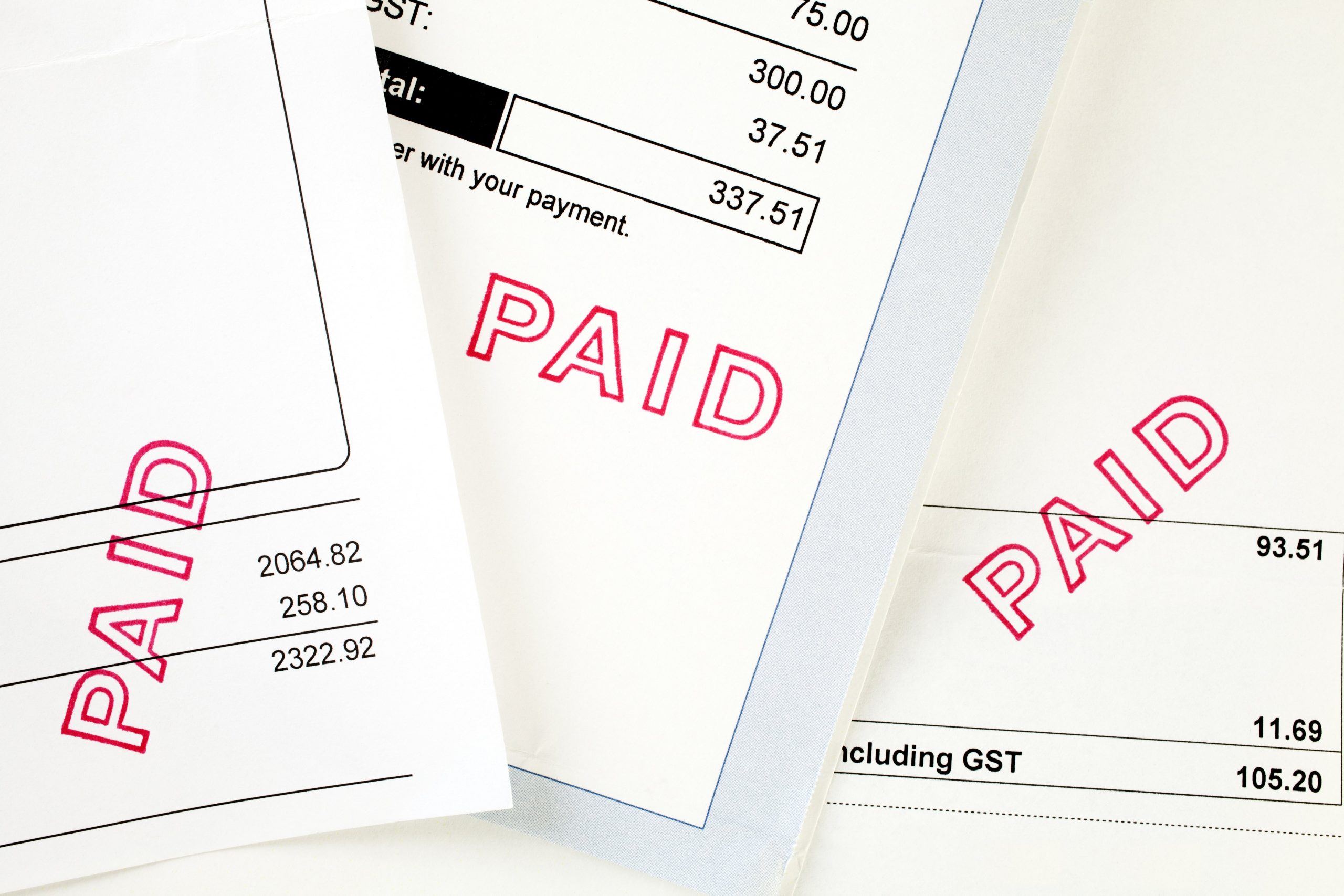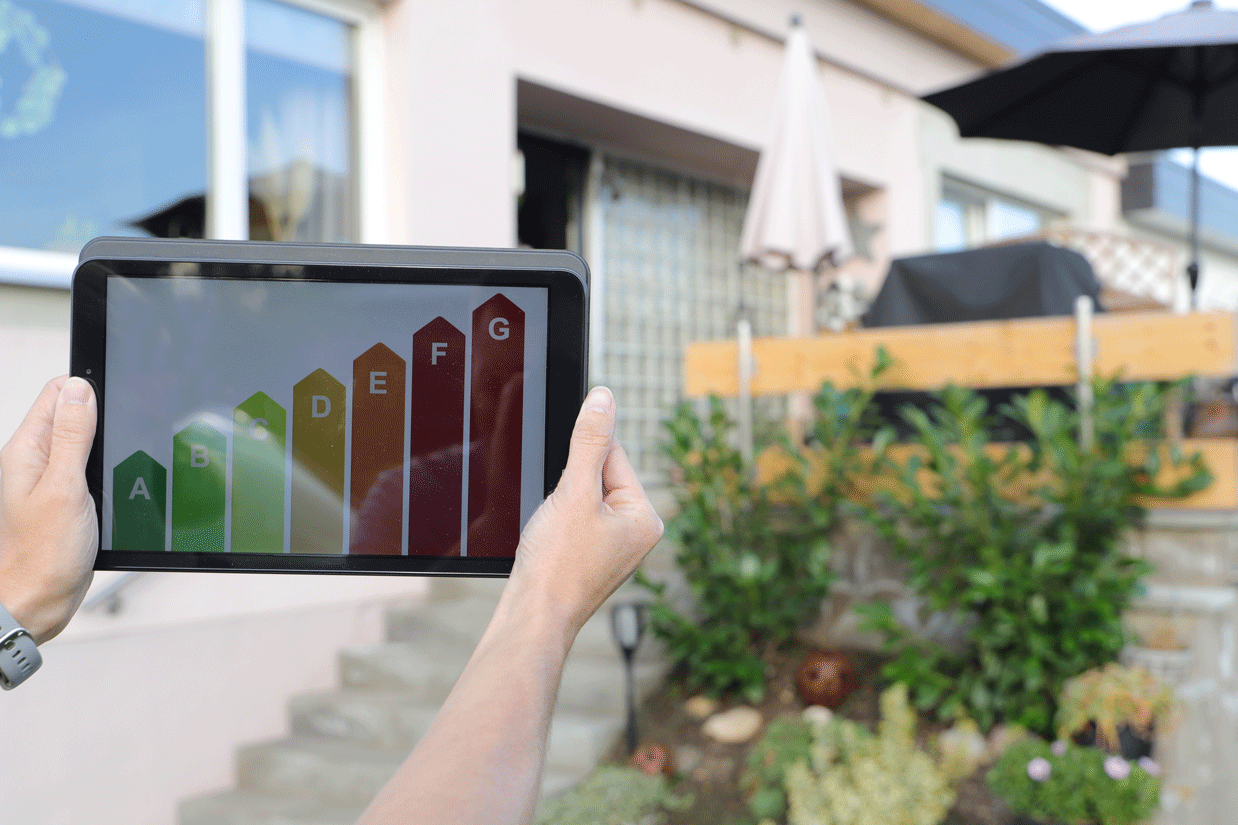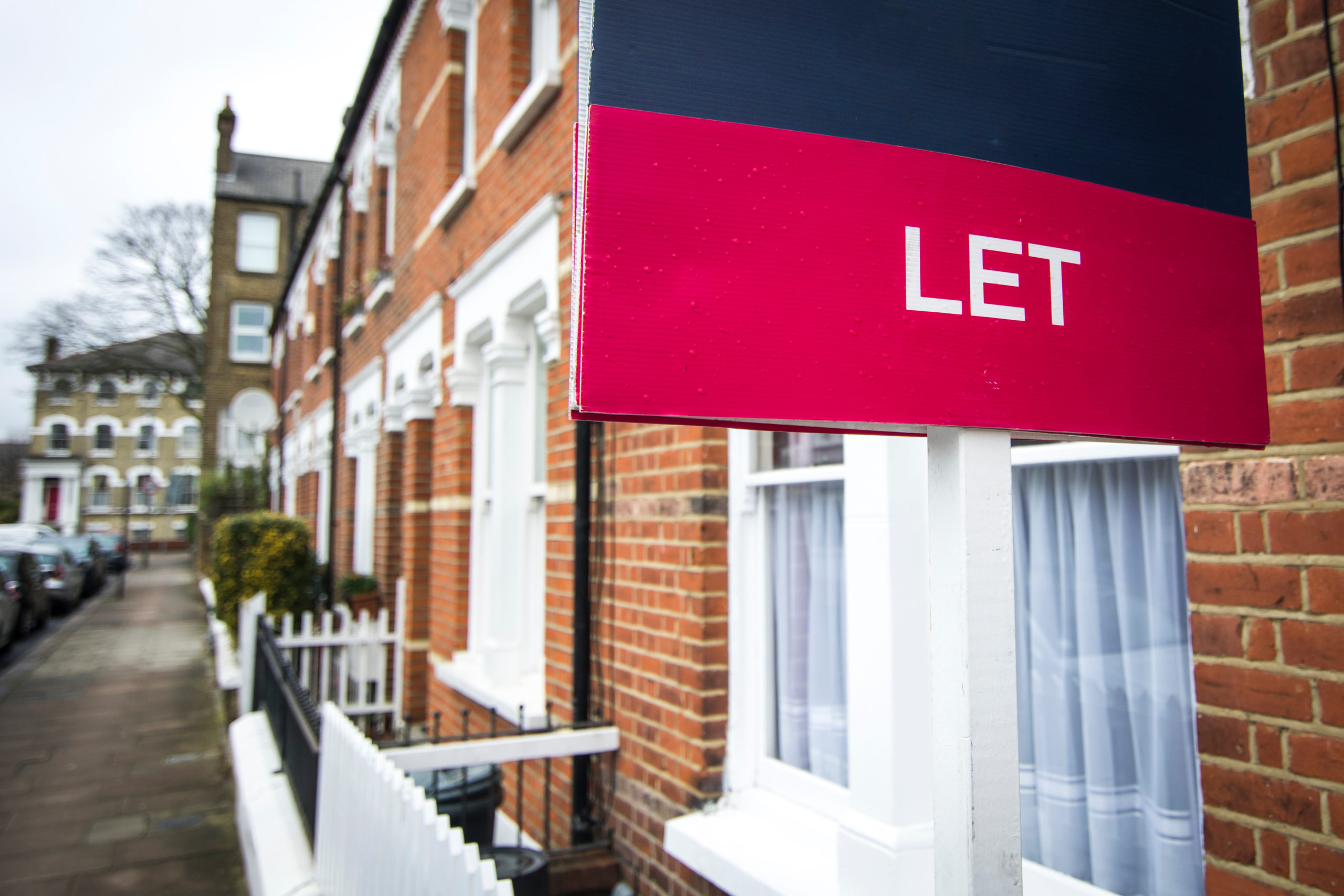If you own private rental property in the UK, but you spend more than six months in each year abroad, you are classed as a non-resident landlord by HMRC. This means that you must take part in the mandatory Non-Resident Landlord Scheme (NRLS), which is designed to ensure you pay income tax on UK rental income. In this article, we take a look at how NRLS works, who it applies to, and how you comply with its rules.
- Who is classed as a non-resident landlord?
- The Non-Resident Landlord Scheme
- Tenant obligations
- Lettings agent obligations
- Tenant finders
Who is classed as a non-resident landlord?
Under NRLS, a landlord can be an individual, company, trustee, or a partnership. If HMRC judges that a landlord’s “usual place of abode” is abroad, they are deemed to be a non-resident landlord. This is the case even if you have UK tax residence.
If you are an individual, you can work out your residency status using this information. Trustees, companies, or partnerships are deemed as non-resident landlords if their main place of business, or their registered office, is outside the UK. UK ‘care of’ addresses or PO Boxes are not accepted as being a usual place of abode.
The Non-Resident Landlord Scheme
NRLS regulates the tax on rental income from UK-based properties of landlords who normally live overseas.
If a landlord is non-resident, the tenant or letting agent is required to withhold tax before paying the rest of the rent to the landlord. This money is then paid to HMRC every three months. The landlord can then deduct the withheld tax against their UK tax liability.
That said, landlords who meet certain criteria can register with the NRLS and apply to have the full rent paid to them. They then pay the tax themselves via their tax return. You can apply to do this if:
- Your tax affairs are up to date; or
- You’ve never had any UK tax obligations; or
- You don’t expect to have any UK tax liabilities in the same tax year (for example, your total income falls below your personal allowance)
Individual landlords can apply online or via post using the NRL1 form. Note that, if there is more than one non-resident shareholder in the property, each person needs to complete this form. Non-resident companies need to use form NRL2, while trusts and estates should complete form NRL3.
It’s also worth noting that, if a property is jointly owned by someone who lives in the UK and someone who lives abroad, the income tax is split according to the size of each person’s share. Only the portion owned by the non-resident landlord falls within the NRLS.
Registered landlords must settle their tax liability using supplementary pages SA105 of their Self-Assessment Tax Return. For non-registered landlords, the responsibility for deducting tax lies with the tenant or letting agent, as explained above.
How much tax do non-resident landlords pay?
As with UK-based landlords, individuals who are non-resident landlords have a personal tax-free allowance of £12,570. The basic rate of 20% is applied to profits between £12,571 and £50,270, rising to 40% on profits up to £150,000. Above that figure, a 45% rate applies.
Non-resident companies need to pay Corporation Tax. This is currently set at 19%, but from April 2023 it will increase by tapered amounts up to a maximum of 25%.
Other tax implications
Non-resident landlords need to pay tax on UK rental property income, even if they pay tax in their country of residence. If you do this, you may be able to claim a credit for the UK tax against the tax you pay where you live. It depends on the tax rules of the country in question. You may also have to pay capital gains tax on the sale of UK property.
Tenant obligations
If you are a tenant of a non-resident landlord and you directly pay them more than £100 in weekly rent, you need to meet certain obligations. In particular, you need to write to HMRC within 30 days of beginning the tenancy, providing your name and address, plus the name(s) and address(es) of the non-resident landlord(s).
Unless your landlord is registered with NRLS and pays the tax themselves, you need to:
- Calculate the tax you need to withhold from your rental payments.
- Use form NRLQ to pay the tax within 30 days of the end of each quarter.
- Submit an annual report to HMRC and the landlord by the 5th July using form NRLY.
- Give a certificate of tax liability (NRL6) to the landlord each year by 5th July.
- Keep records for four years of rent paid (with dates and amounts), all correspondence with the landlord and any details of expenses incurred on their behalf.
For more information, see the government guidance on tenants paying tax on rent to landlords abroad.
Calculating withheld tax
To work out how much tax to withhold, add up the rent paid in a quarter and deduct any expenses you’ve paid on the landlord’s behalf (such as for repairs and maintenance). Then multiply the figure by 20% (i.e. the basic rate of tax).
If there is more than one tenant named on the tenancy agreement, the £100 threshold applies to each tenant’s share of the rent. So, if they pay £180 per week between them, their individual share is £90 meaning that NRLS is not applicable. However, if the weekly rent is £250, then each tenant would have to separately register with NRLS and fulfil its requirements.
Paying more than one landlord
If you have more than one non-resident landlord, the £100 per week applies separately to each. For example, if you are paying each of two landlords £90 weekly, then you don’t need to worry about the NRLS. However, if you are paying each of them £120 per week, then you’ll need to register with the scheme and pay the tax to HMRC.
Lettings agent obligations
UK lettings agents that receive rent on behalf of a non-resident landlord need to register with the NRLS. This includes anyone acting as a letting agent, such as estate agents, solicitors, accountants, and friends or family of the landlord.
There is no £100 a week threshold for lettings agents, meaning they must withhold tax on all rent. They should register online using form NRL4 within 30 days of the start of the tenancy.
Letting agents also need to:
- send quarterly returns to HMRC
- send a form NRLY to HMRC and form NRL6 to the landlord by 5th July each year
- retain records of rent, correspondence, and expenses for four years
Lettings agents also need to file an annual return even if the landlord has registered with NRLS themselves and is liable for the tax due.
Tenant finders
Anyone who receives a fee for finding a tenant needs to be aware of their responsibilities under NRLS.
Let’s take the example of a tenant finder who charges a fee of £700. They recover it from the first two months’ rent of £500 a month. From this point on, the tenant pays the monthly rent to the landlord.
In this situation, the tenant finder would not be classed as a letting agent under NRLS. This is because there is no need to withhold tax on rents as long as:
- the period for which rent is collected doesn’t exceed three months
- the tax payable is no more than £100.
If the tax owed is more than £100 or the tenant finder collects more than three months’ rent, the tenant finder must register with NRLS.
NRLS penalties
If you file an incorrect quarterly return, the maximum penalty is £3,000. In addition, failing to provide information can attract a penalty of £300, plus £60 per day, plus interest.
If you are a non-resident landlord who is registered with NRLS and you pay the tax yourself, you can incur the usual penalties for submitting a late tax return or paying your tax late.
Please be aware that tax treatment depends on the individual circumstances and may be subject to change in the future. Seek advice from an accountant if you are in any doubt. This article is intended as a guide only. Please note that legislation does change, it is always best to check the most up to date guidance on gov.uk. Most landlord insurance policies arranged by Alan Boswell Group also have access to a legal advice helpline where policyholders can seek further advice.




